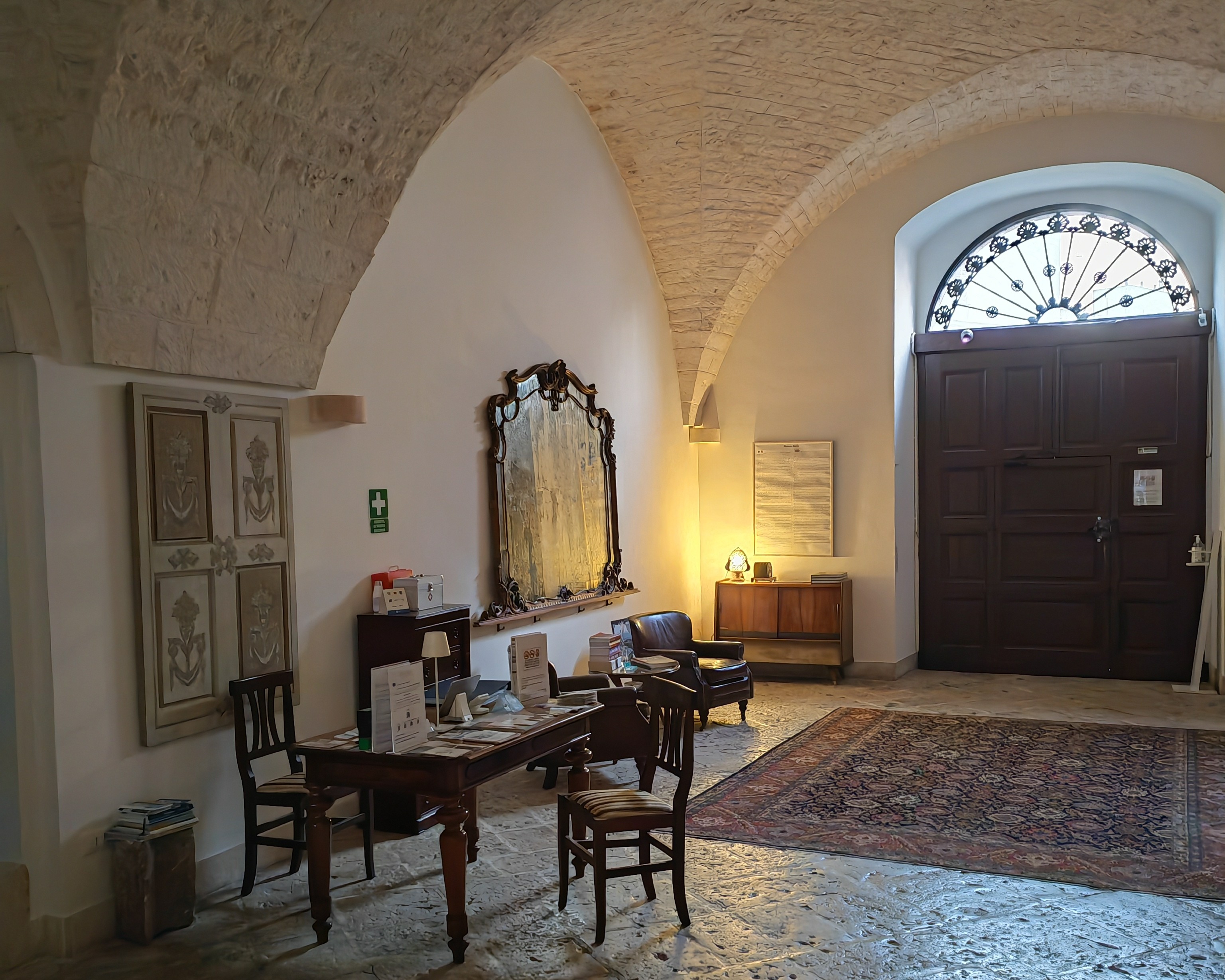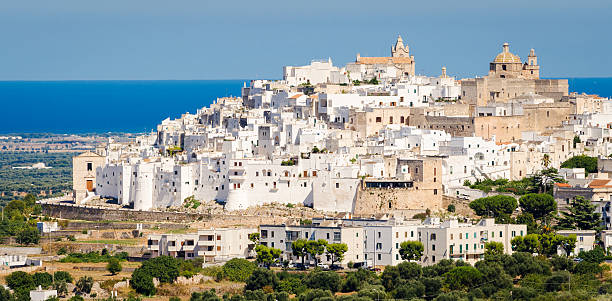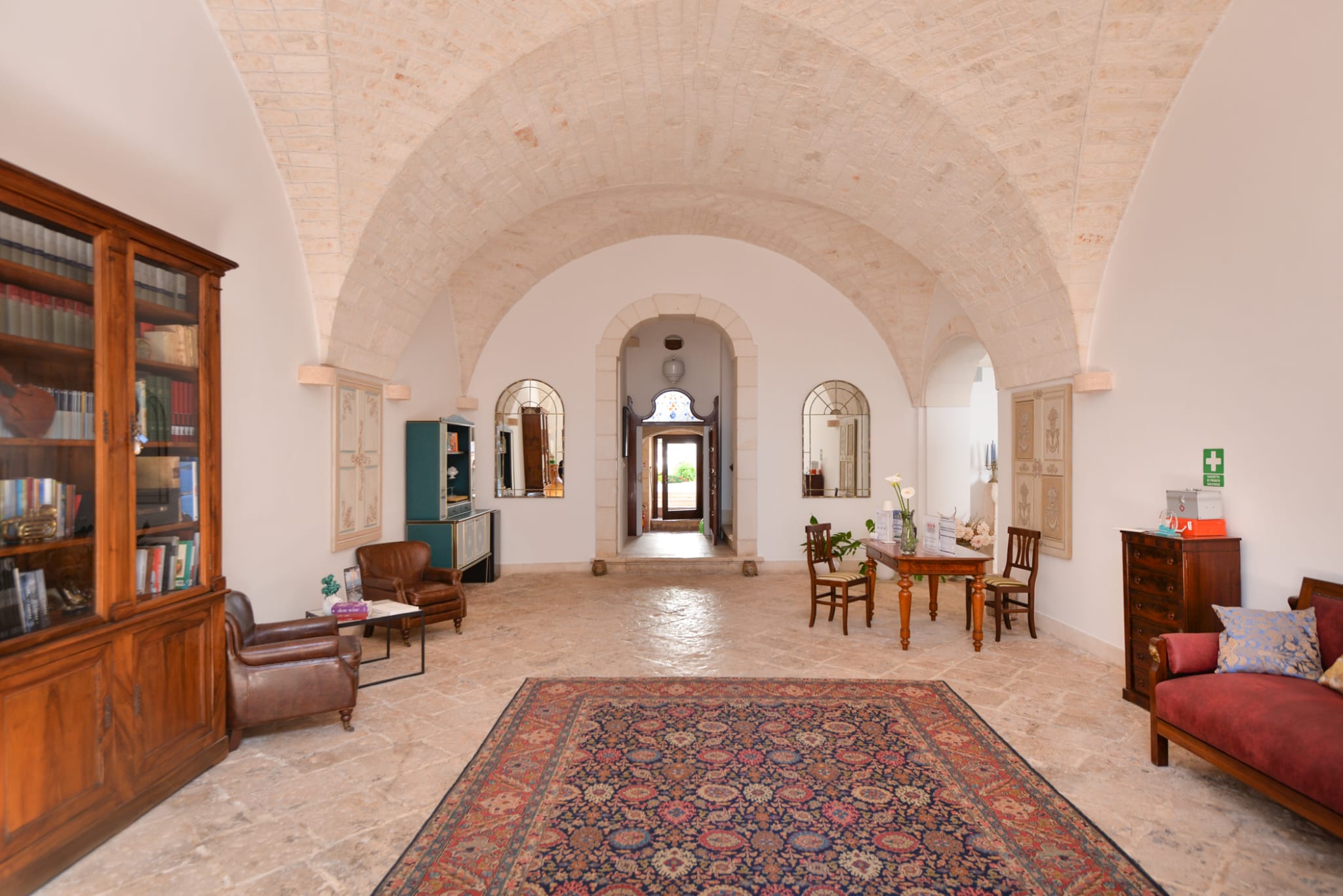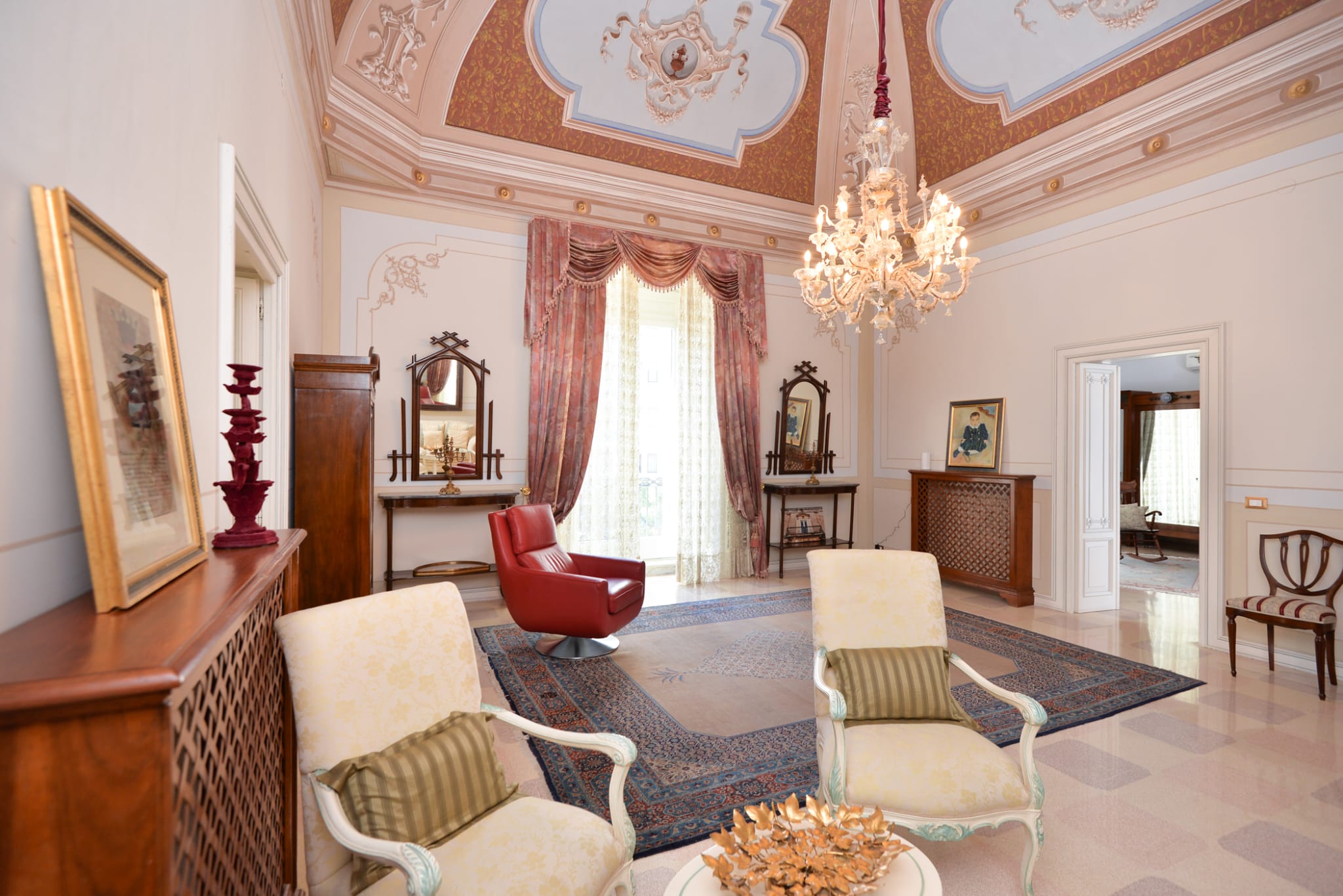CASTLES OF PUGLIA
The history of the Puglia region boasts a structured past where a coming and going of cultures has led to a particular geographical structure and architectural . Indigenous peoples and of Greek origin have given way to Roman, to Goths, to Longobards and many others.
Each of these populations has left important traces in its path, not just simple antique relics but a real legacy that can be admired even just walking around the smaller villages , for the countryside or along the coasts.
It was in particular under the Kingdom of the Two Sicilies and with the advent of the Swabians that you have more evidence in this regard, in the form of beautiful castles.
Let’s go together to discover the most beautiful Puglia castles that you can admire scattered throughout the region in the most fascinating and rich in history places.
Castel del Monete ad Andria
These castles are just some of the examples of the most beautiful monuments that you can visit for the region. The monument par excellence in Puglia is certainly Castel del Monte Built in the XIII century by the Emperor of the Holy Roman Empire Frederick II on the plateau of the murge of the West at Andria , 18 km from it, rises 540 meters above sea level . It is recognized by UNESCO as World Heritage . A perfectly octagonal building with a tower of equal shape at each corner, whose measurements are linked to hidden meanings still under investigation and whose purpose is still unclear. Its position is not strategic and is not suitable as a fortress, without the characteristic elements of the bases for hunting, it was hypothesized to be a kind of temple. Many scholars have found astronomical symbols there, inside. Visiting the fortress of Castel del Monte, in addition to the breathtaking view that the structure presents and the charm, is also a journey into mystery and perfection. As for the pyramids in Egypt, Castel del Monte enjoys a charm and an aura that goes beyond what our eyes are willing to show us.
Aragonese Castle in Taranto
Another very beautiful and rich in history Puglia castle is the Aragonese Castle of Taranto which stands in the heart of the city with an incredible architectural and historical beauty. Also called Castel Sant’Angelo and built near a natural depression of the rock bank on which the old city village was built, is the Aragonese reconstruction of an old Norman-Swabian-Angevin structure. Initially fortified in the Greek period, only its foundations were saved while its reconstruction was carried out in the Byzantine period.
However, the castles, in the 15th century period were abandoned, given the artillery revolution an attack was able to break down the walls of each structure with a few cannon shots, which made unusable structures. The King of Naples Ferdinand of Aragon therefore decided to reinforce the walls by filling entire galleries with earth, reconstructing and redefining the structure following the indications of Francesco di Giorgio , a great Sienese architect . Five towers were erected, two of which were on the sea and a form similar to that of a scorpion was given to the castle. After 1594 it was used as a barracks and a prison and only in 2003 did the navy order a global restoration of a structure rich in history and charm.
Gargano Castle
Another Norman-Swabian-Aragonese-Angevin castle is located in a very difficult place to reach: on the edge of Monte Sant’Angelo , also known in the past as Gargano Castle . Initially only a Byzantine castrum, then home to princes of the lordship of the Honor Sancti Angeli, who also built the walls around the city. It hosted Frederick II of Swabia and his consort, therefore it presents a structure that shows the typical bases of Swabian Frederick’s architecture, but each population carried out later led to towers and towers. A fortress that tells its own story, for those who know how to read it, where Aragonese, Angevins, Normans, were just some of the guests who enriched the architectural value.
Angevin-Swabian-Aragonese Castle in Manfredonia
Our journey takes us further south, without moving from Foggia. It is in Manfredonia that the Angevin castle rises in the center Swabian-Aragonese. Facing the sea of the gulf, therefore dominating a vast marine area, it was probably built in 1279, according to what some documents of the time attest. Initially a small structure whose foundations were laid by Carlo I , it became a real castle under the Aragonese dominion that built the city walls following a policy of fortification of the coastal strips . In the following century there was added a pentagonal bastion called Dell’Annunziata due to a marble panel inside it depicting a scene of the annunciation. Destroyed by clashes with the Turkish people and rebuilt, it became a barracks and a prison. It was in 1968 that it became state property, inside which an archaeological museum was built.
Castle of Barletta
Going further along the Apulian coast we have the opportunity to meet, in the heart of the city center, the Castello di Barletta . A fortress in white stone with a particular geometric structure, almost unique in its kind: a square base with four irregularly shaped quadrangular structures elongated towards the outside. It was initially built with an outlet to the sea, which flowed into the moat that surrounded it. Today the waters have receded, giving way to greenery and a small area where regular summer events are held.
Initially built under the Norman influence as part of a wall that surrounded the then Bardulos community, it was under the Swabian dominion and Federico II who found a new life often becoming the accommodation of the emperor. Restructured several times, it was under the Spanish dominion that assumed the aspect with which it is recognizable today, a construction realized to resist to every clash with slits arranged according to a strategic logic to fight with cannons and crossbows, and a bridge to limit entry. It is also currently museum center , library, conference hall and temporary exhibitions. The history of the entire region has been shaped in this fortress and for anyone interested in the subject a visit to it is a must.
Castle of Trani
Without moving too much, continuing on the coast road and almost visible from Barletta, we can instead find the Trani Castle . He found his birth under the direct supervision of Emperor Frederick II of Swabia, in 1233. Built on a rocky side in the center of the city, so that it could withstand assaults from the sea, it initially had a shape quadrangular and was surrounded by a natural moat that separated it from the mainland. It too was completely restructured from the Spanish domain, which added bastions and towers. It then became a prison, and it was in 1976 that it was handed over to the Superintendent of Cultural Heritage. and art of Puglia , being freely opened to the public in 1998. From its walls it is possible to admire the entire surrounding area and a maritime area that extends to the shores of the Gargano.
Castle of Lecce
In the Salento hinterland stands the presence of the Lecce Castle , built on a small pre-existing fortress by the emperor Charles V of Habsburg . Still no details are clear on its original structure, such as how many doors it originally had or who was initially erecting it. It has become a symbol of Lecce culture, so much so that within it there is the relative city council office. The first floor of the building is used for cultural events and initiatives.
Massafra Castle
Speaking of structures in the Apulian hinterland there are structures such as the Massafra Castle , which stands out on the top of the San Marco gorge since before the year one thousand. A classic structure, a quadrilateral with four crenellated towers, the result of Angevin workmanship. Inside it is still possible to find dedicated rooms such as armory, stable, prison, barns, neviere, pecerie (rooms where it was customary to store pitch for torches). An almost fantasy structure, directly from the fantasies of a book, for a castle of the most beautiful in the region.
Castle of Oria
In the province of Brindisi, at 166 meters above sea level, you can admire the Castello di Oria . Evidence of a civilization that has existed there since ancient times is probably the development of a previous Messapian acropolis, which was equipped with walls around the 6th century. Currently a national monument, some documents report its origins to the work of Frederick II of Swabia, which probably enlarged the existing structure. The importance of the castle is also based on the number of sieges it resisted and the great personalities who often stayed there, such as Maria José di Savoia , Margaret of England Or the princes of Habsburg house . It is currently being restored, but its charm and history remain memorable.
Castle of Otranto
It is thanks to his charm that he gave life to the first Gothic novel , by Horace Walpole in 1764. We speak of the Castle of Otranto , fortress of the homonymous city in the province of Lecce. It is linked to the walls of its own city, forming a single large defensive apparatus. With its pentagonal plan, its defensive moat and its tall spearhead towers, even the architecture of this fort owes its origins to Frederick II of Swabia. It was the Spaniards, however, who gave the castle all sorts of tricks to make it a world-class example of how a building capable of defending a city should be built.
Norman-Swabian Castle of Bari
The most visited castle in the region is certainly the Norman-Swabian Castle of Bari , in the heart of the old city. Evidence of its existence is already present in the Satires of Orazio and in the Annals of Tacitus , but its main structure dates back to 1132. Destroyed and rebuilt , entirely and in part, several times, it passed from the Aragonese to the Sforza to the queen of Poland Bona, who died there in 1557. Later it became a barracks and a prison under the kings of Naples . In the past bathed by the sea, now withdrawn, it is the result of constructions aimed at the beauty and refinement of the stone, with a modern artistic lighting system born of the mind of the Bari-born Antonio Vernole that highlighted its key points. A monument of unmissable value for anyone who wants to visit the best of the regional capital.








